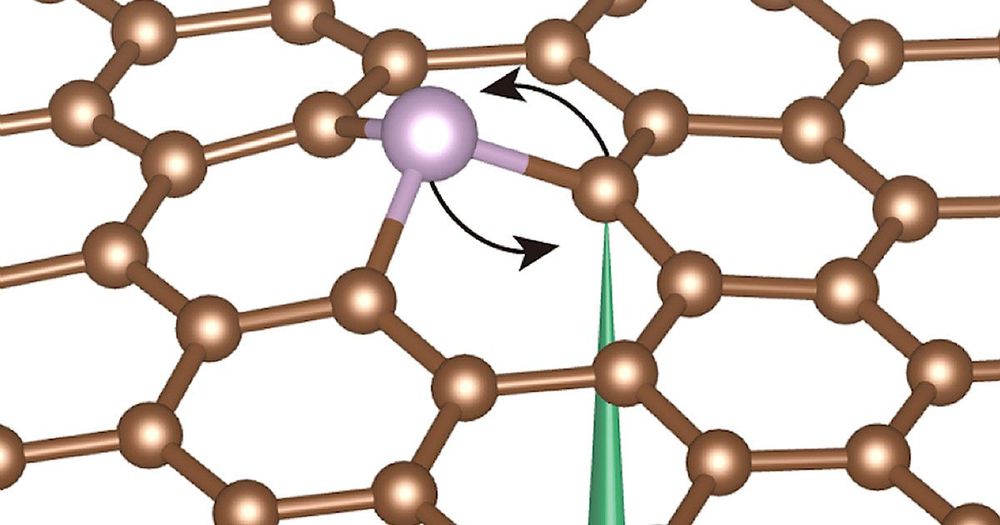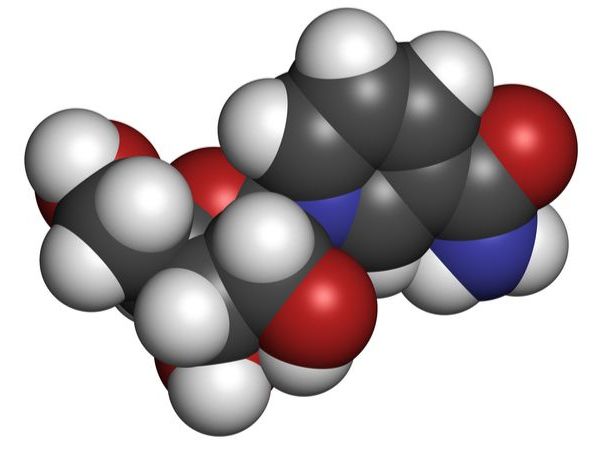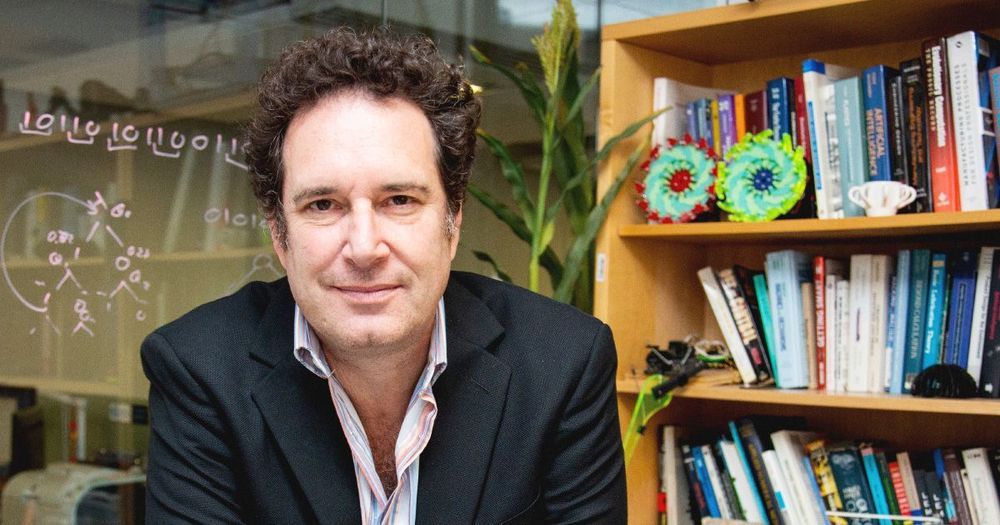The immediate future of the moon will see us build on those first steps taken in July 1969. We’ll send more robotic landers and rovers to conduct experiments on our behalf. China already has another Chang’e mission planned for this year and India, too, will look to land on the surface before the end of the year. In our stead, the robots will search for water and explore the lunar highlands for the resources necessary to establish a more permanent presence.
Looking further ahead, we’ll prepare to truly colonize the moon. We’ll mine the sublunar layers and smelt its rock for metals and oxygen. We’ll live at its poles, erecting inflatable shelters, communications centers and laboratories, and performing experiments not possible from the surface of the Earth. Eventually, we’ll depart for further into the cosmos and find our way to Mars.
But it starts with the moon.






